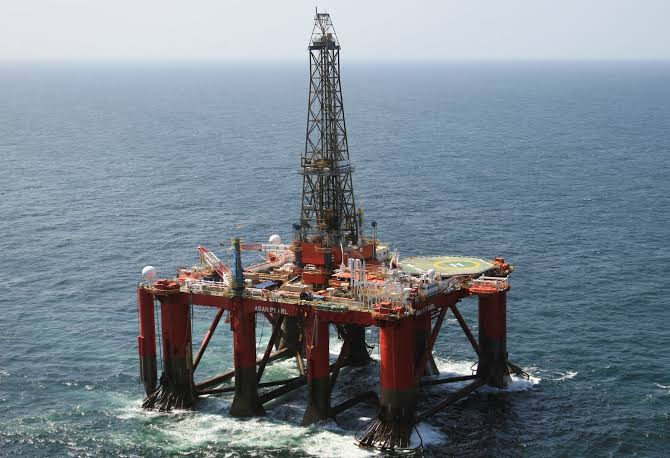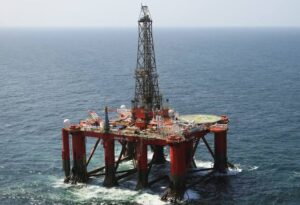China’s huge appetite for crude oil this year has played a major role in preventing global prices from crashing, even as oil producers pump more into the market.
Reports show that China has been importing far more oil than it needs for daily use, storing the extra in massive tanks and underground reserves. Since January, the country is estimated to have added about 500,000 barrels of oil per day to its stockpile, bringing total reserves to somewhere between 800 million and 1.4 billion barrels — enough to cover more than three months of imports.
Although Beijing doesn’t release official storage figures, satellite images and trade data reveal that oil is being stored at record levels. State-owned companies are also building even more storage sites, expected to add around 169 million barrels of capacity by next year.
Analysts say there are several reasons for the aggressive stockpiling. One is financial — with oil prices currently lower than average, China is taking advantage of the cheaper market to buy in bulk, especially discounted oil from Russia and Iran.
Another reason is security. By keeping large reserves, China is protecting itself against possible supply disruptions caused by sanctions, global conflicts, or trade restrictions. It also reduces the country’s dependence on foreign suppliers during emergencies.
Experts also believe the buildup could be part of a long-term strategy to safeguard against future risks, including potential tension with the United States or instability in major shipping routes like the Strait of Malacca.
However, some observers find the scale of China’s oil buying puzzling, especially since its overall fuel demand is expected to peak in the next few years due to the growing use of electric vehicles.
Still, the country’s massive purchases have helped balance the global oil market. China’s imports have absorbed much of the extra production from OPEC+ members this year, stopping prices from falling further.
Analysts expect Beijing to keep importing at least 500,000 barrels of oil per day in the coming years, a trend that could continue to support prices and stabilize the market even as global supply grows.











